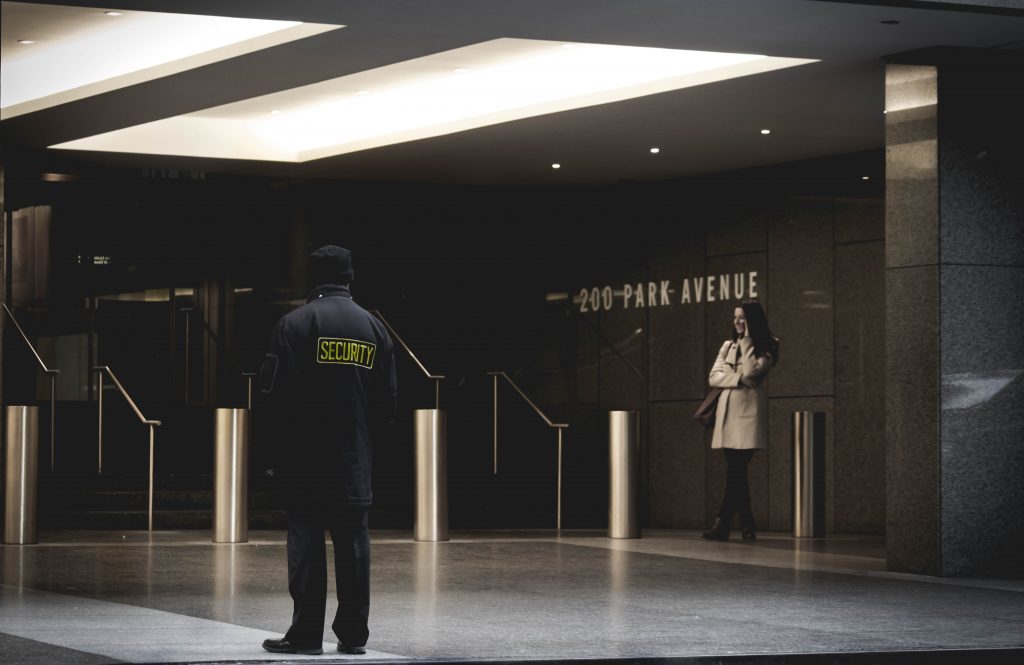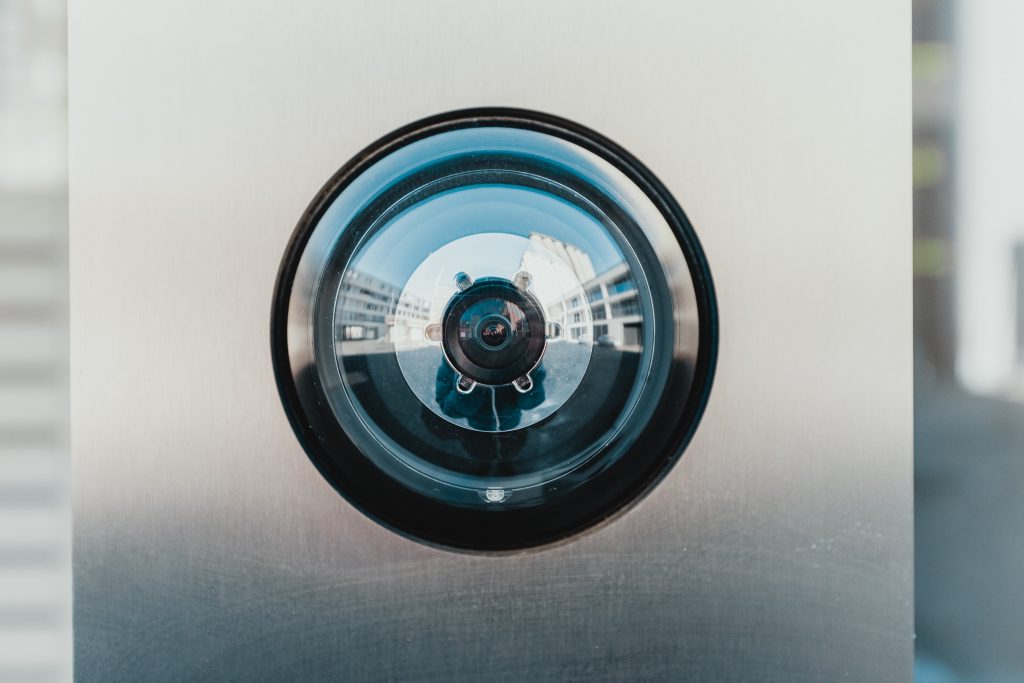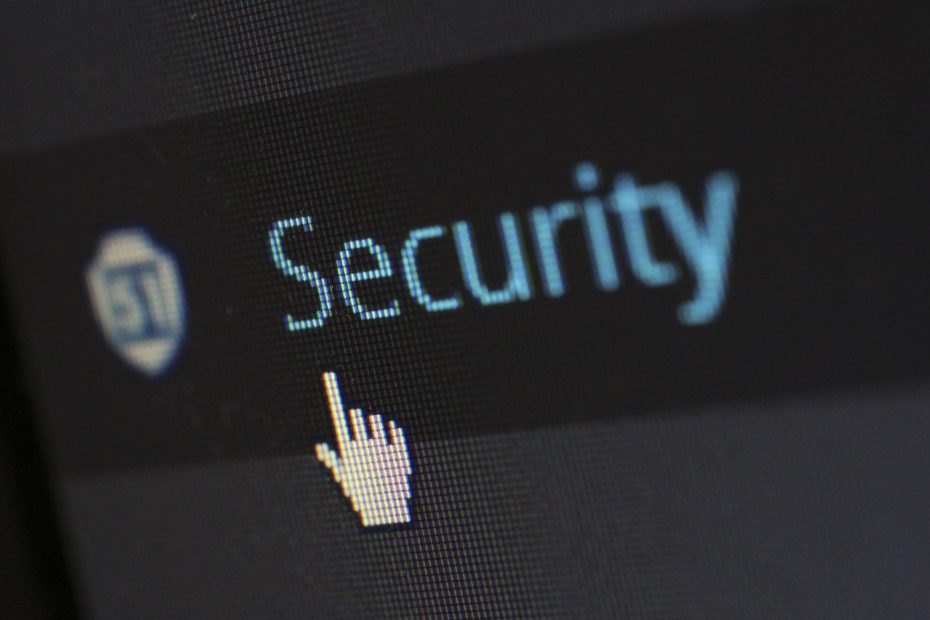We all know that business security is important. But sometimes it’s difficult to justify the expense of extensive security measures.
Businesses always have other crucial financial priorities, such as making better products and paying their staff. Compared to those, security spending might not seem like an immediate necessity.
However, if security breaches do happen, they can be disastrous. Whether it’s a hacker gaining access to your customers’ personal information or a thief breaking in to steal company laptops, breaches compromise not just your finances, but your long-term reputation, and perhaps even the safety of your employees.
So, how much should you spend on security efforts?
By taking a little time to get clear about the value of the assets you want to protect and the secondary benefits of potential security initiatives, you’ll gain clarity on which methods pay for themselves.
Calculating the Value of Breach Prevention
“Security” seems like a vague idea until you take some steps to quantify what’s at stake.
Quoted in CSO online, cybersecurity expert Robert Metcalf of PwC Switzerland makes the following observation:
“Investment in security needs to demonstrate to the business that it is focused on defending what is of most value to the organization, its ‘crown jewels.’ How these key assets are then being targeted by threat actors can strongly indicate where you must invest the most and where your business reputation is also at stake.”
So, develop a list of the “crown jewels” for your business.
Then, assess how each of those assets could potentially be compromised. Do some research into how likely each of those threats is to happen each year, and then try to estimate the potential financial losses that could result.
This is a similar process to the threat assessment process we discussed for other emergencies in our full post on industrial emergency planning. You may want to check out Ready.gov’s resource section describing the three stages of risk assessment as you conduct an “impact analysis.”
Comparing the potential costs of each risk to the costs of the security efforts suggested to prevent them can give a good idea of the potential return on investment for each recommended security measure.
If your budget is limited, this will give you a better idea of which methods could have the biggest payoff so you can focus on them.

Other Ways Security Efforts Pay Off
Although cybersecurity efforts tend to be difficult for the average employee to see and feel, basic business security efforts often have tangible benefits that extend to other areas of the business.
These good security practices can also improve efficiency, safety, and compliance — and they can also make your office a better place to work and welcome visitors. All of these can save and earn additional money for the company over time.
Here are a few examples of how specific physical security tactics can pay off in other ways.
Limited, clearly marked points of entry
Designating a few entrances just for visitors or employees can improve security by making it more difficult for unauthorized people to access the facility.
It also tends to make a better impression on visitors, because they’ll know exactly where to come in and you can make sure that all necessary visitor resources are available near the front desk.
Making a good impression on visitors is important for your company’s brand image and is especially valuable for VIP visitors, such as star job candidates and potential clients. It also prevents visitors from interrupting your employees, so it can boost productivity.
Good visibility near entry points
When you remove potential hiding spots near points of entry and invest in security cameras, it makes it difficult for potential criminals to gain access to your site. However, better visibility can make employees feel safer coming to work, which can improve retention and morale.

A visitor badge policy
A good visitor badge policy that prints ID badges with photos and expiration dates will help make sure that everyone who steps on site is properly credentialed and is who they say they are, which can help prevent security threats. However, when you use visitor management software that requires a photo before visitors access the inside of the building and notifies the rest of the staff, hosts and employees can see for themselves exactly who is checking in.
A good recordkeeping policy
Keeping records of who has access to which sensitive materials and when they were accessed is helpful from a security perspective. But investing in the tools and processes that will ensure these details are recorded properly and handled with care over time tends to improve the overall efficiency of all administrative work.
Plus, various laws and industry regulations require that your company have clear records about who accessed sensitive material, and privacy laws may also stipulate how you handle the personal information of your customers and employees. Better recordkeeping can also keep your company in line with laws and regulations, which can pay off when you avoid fines and handle audits much more easily.
A good privacy policy
A good privacy policy explains the efforts that you have put in place to use and limit access to your customers’ personal information. In some jurisdictions, the right kind of privacy policy is a matter of legal compliance.
But even if personal data isn’t strictly regulated where your company lives, a good privacy policy can be a valuable branding tool. If you make it clear to customers that your company will be going the extra mile to protect their personal information and their personal safety, that could be a great thing for your company’s brand.
Establishing trust is a crucial component in any customer relationship and is often key to making sales.
Finding Easy Ways to Invest in Security
It can be a little tricky to assign dollar amounts to some of the security benefits we just mentioned, such as better administrative practices and better impressions on important visitors.
But perhaps the most difficult benefit to assign a dollar amount to might just be the peace of mind that business leaders will get from taking a hands-on approach toward keeping your assets safer.
Once you stop telling yourself that security is something you can’t afford and move into a mindset of “I’ll make the security efforts that are the most effective and affordable today,” you’ll have a better sense of control over your business and its security risks.
Taking a proactive approach toward your business security will give you a sense of clarity and peace of mind. #receptionistapp Click To TweetThankfully, big improvements in security don’t always require huge investments in security systems or overhauls of your technology infrastructure.
Simpler tactics and tools can still be very effective. For example, for an affordable monthly investment, a visitor management system like The Receptionist can help you develop a comprehensive visitor management check-in process, complete with photo ID badges for visitors.
The tablet-based system keeps people from wandering into your offices unauthorized by making sure there’s always a way for people to sign in at the front desk, even when your live receptionist has stepped away.
Its robust reporting system can also help you analyze visitor patterns and quickly obtain any information you need about who accessed your facility and when. It will even delete visitors’ personal information automatically at intervals set by system administrators to comply with good privacy practices.
Click here to request a personalized demo of The Receptionist today.
Share this Post

